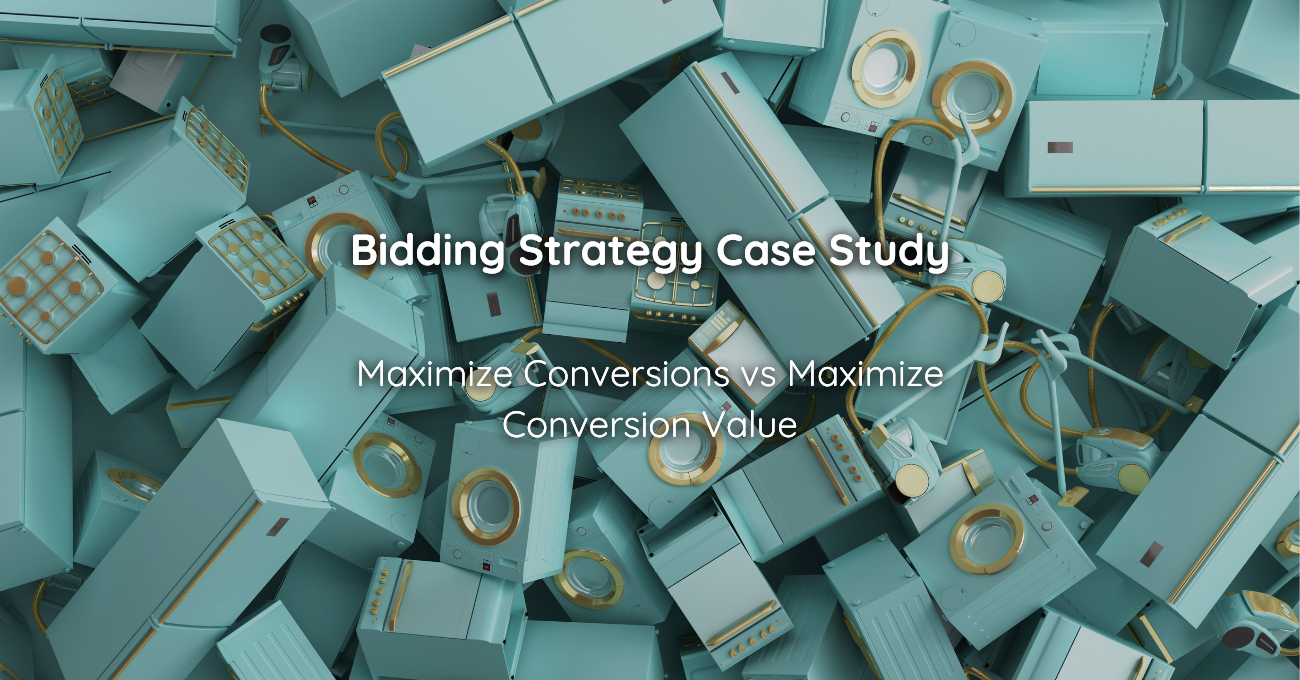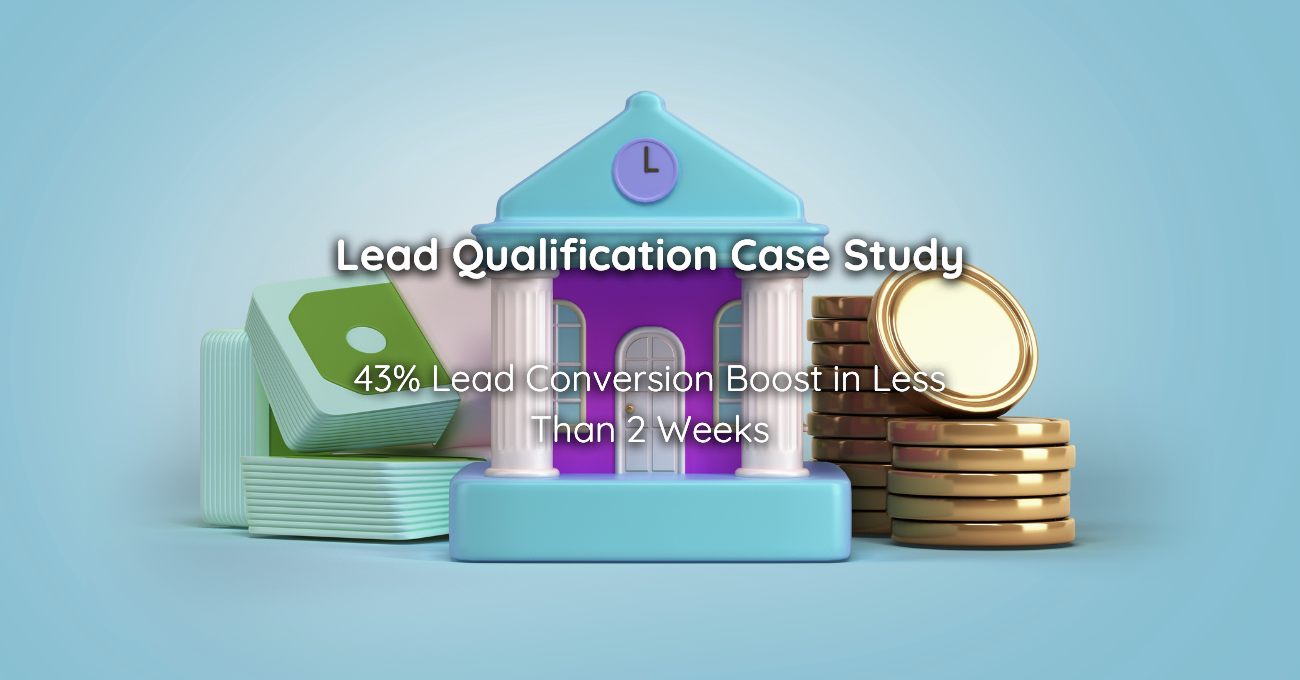Home Services Case Study: 2X Revenue and -34% Ad Costs With Google Ads

In this case study, I'll share with you the strategy we used to double the revenue of one of the biggest home services companies in the US while lowering their Google Ads spending by 34%.
This wasn’t a quick process. It took about six months of constant improvements that I’ll spare you from reading, keeping only strategic changes we made that had a clear impact on the account.
About The Client
The client is one of the largest home services companies in the US, offering a wide range of services, including handyman, appliance repair, plumbing, electricians, and more.
Geographically, they service the vast majority of big cities in the US and have divided their service area into markets. Each market is managed in a separate campaign to control supply and demand better.
They hired more than 4,000 technicians, for whom we were tasked with getting jobs. Not an easy task.
The Client’s Conversion Funnel
This business works pretty simply, but there are many cases where it gets a bit more complicated (such as a job that requires multiple technician visits or a repair that falls under the guarantee), which I’ll skip to keep as simple as possible.
A user can set an appointment in one of 2 ways: They can call the company or fill out an online questionnaire and set an appointment that way.
After that, the system pings the technicians based on an order set by an algorithm they developed. As soon as a technician assigns himself the job, they can start communicating with the user directly to get additional information. At this point, the job is “locked” to the technician, and other techs can’t see it anymore.
Once the technician is on his or her way to the user, the payment for the diagnosis fee is guaranteed to the technician, so they get paid even if the user decides not to accept the quote, a common practice in this industry.
If the user accepts the quote, the company orders the parts required to do the job, and if there are no parts required, the technician starts working.
When the job is done, the user pays through a credit card terminal the technician has.
Baseline
When we got the account, it was managed with a strict CPL goal. The CPL goal was calculated with the sale conversion rate, the average revenue per sale, and the average ratio between profit and revenue.
At that point, they barely broke even on their Google Ads spending and relied on other, less scalable sources to improve the company’s cash flow.
The Goal
Improve the client’s profitability as much as possible to a point where Google can cover the cost of the entire operation.
At the client’s request, I won’t go into specific numbers, but the campaigns needed to earn enough money to cover the technicians’ payments, the rent of a few offices, and the salaries of 80 people.
The Plan
Tracking Down the Funnel Events
The first thing we did was to create a set of additional conversions to signal Google on additional events apart from the lead.
We tracked the event where the technician initially took the job, when they indicated that they were on their way to the client (to eliminate the cancels), and the event where the client accepted the quote (eliminating those who just paid the diagnostic fee).
At this point, we couldn’t report monetary value back to Google for technical reasons.
Identifying Where the Value Is
Different types of services are worth different amounts, and acquiring leads for them vary in cost. We wanted to find opportunities for services that are cheap to acquire leads for while still bringing a lot of profit.
Dividing The Markets
We found that there’s a bigger difference in cost per lead in different areas than in different types of services. That understanding made us realize that we can calculate profit per type of service, but we have to calculate the cost per lead per market per service.
Thankfully, we had enough data to do that in most markets, but in very small markets, we used multipliers that were consistent in other markets. for example, a lead for service 1 costs 20% more than the cost for another service, etc.
It’s not as accurate as we would have loved it to be, but it was good enough to create a starting point. Another problem we had in that area was users searching for general keywords, such as “handyman” or “appliance repair”, that we couldn’t assign to a specific service. These keywords are responsible for more than 60% of the search volume.
Sub-market Division
In any market, there are areas that perform better and worse, so we knew we could maximize our profit even more if we divided each market into sub-markets. We split each market into 2 groups of locations based on the revenue per lead (which takes both the size of the job and the conversion rate between lead to sale into consideration). In the bigger markets, we divided each of these groups based on the CPL in each of the areas. This allowed us to bid more aggressively for users in areas where the CPL was lower while still bringing a lot of revenue per job.
The Results
Everything you read so far allowed us to double the client’s revenue while lowering the campaigns’ cost by 34%, increasing the ROI from 100% to a little over 300%.
Even though we spent 34% less, we got a lot more leads than when we started, satisfying the need to scale up the account and provide more jobs to the technicians.
The Aftermath
The additional revenue allowed the company to grow a lot and very fast, but we had to do it gradually. The nature of what they do requires a balance between the amount of technicians they hire and the amount of demand we can generate. Maintaining this balance is vital because even if we get them the jobs that can make the most profit, it doesn’t help if they don’t have the technicians to do them.
What’s Next
We knew that even this much improvement wasn’t the best this account was capable of. The next step was to bid for conversion value, a thing the client was technically unable to do at that point. We eventually found a solution for that, but it’s a story for another case study.




